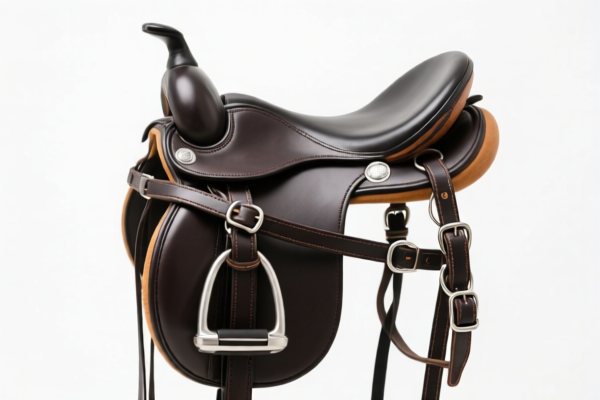| HS Code | Official Doc | Tariff Rate | Origin | Destination | Effective Date |
|---|---|---|---|---|---|
| 7806008000 | Doc | 58.0% | CN | US | 2025-05-12 |
| 7806000300 | Doc | 56.2% | CN | US | 2025-05-12 |
| 7804110000 | Doc | 57.2% | CN | US | 2025-05-12 |
| 7804190000 | Doc | 58.0% | CN | US | 2025-05-12 |
| 8512909000 | Doc | 57.5% | CN | US | 2025-05-12 |
| 8512902000 | Doc | 57.5% | CN | US | 2025-05-12 |
| 8548000000 | Doc | 55.0% | CN | US | 2025-05-12 |




Auxiliary Mirror
An auxiliary mirror, also known as a helper mirror or secondary mirror, is a component used in optical systems, primarily telescopes and some specialized cameras, to modify the path of light and enhance image quality or functionality.
Material:
Auxiliary mirrors are typically constructed from materials with high reflectivity and minimal distortion. Common materials include:
- Glass: Often coated with reflective materials like aluminum, silver, or enhanced dielectric coatings.
- Ceramic: Used in more advanced systems due to its stability and ability to maintain shape under stress.
- Beryllium: Lightweight and exceptionally rigid, used in high-performance telescopes.
- Fused Silica: Offers low thermal expansion and excellent optical properties.
Purpose:
The primary purpose of an auxiliary mirror is to correct optical aberrations, increase the effective aperture of the telescope, or redirect the light path for convenient observation.
Function:
- Aberration Correction: Auxiliary mirrors, particularly those used in Cassegrain and Ritchey-Chrétien telescope designs, correct coma, spherical aberration, and astigmatism.
- Light Redirection: They redirect light to a more accessible focal point, often outside the main telescope tube, making it easier to mount instruments.
- Increased Focal Length: By manipulating the light path, they can effectively increase the focal length of the system.
- Wider Field of View: Some designs use auxiliary mirrors to flatten the field of view, enabling observations of larger areas of the sky.
Usage Scenarios:
- Astronomical Telescopes: Most large research telescopes utilize auxiliary mirrors in configurations like Cassegrain, Ritchey-Chrétien, and Schmidt-Cassegrain designs.
- Astrophotography: Used to improve image quality and allow for longer exposure times.
- Specialized Cameras: Found in some high-end cameras for specific applications requiring precise optical correction.
- Laser Systems: Used to steer and focus laser beams.
Common Types:
- Secondary Mirror (Cassegrain Telescopes): Convex mirror positioned near the focal point of the primary mirror to reflect light back through a hole in the primary.
- Corrector Plate (Schmidt-Cassegrain Telescopes): A thin, aspheric plate used to correct spherical aberration.
- Hyperbolic Secondary Mirror (Ritchey-Chrétien Telescopes): A hyperbolic mirror used in combination with a hyperbolic primary mirror to provide excellent image quality over a wide field of view.
- Off-Axis Mirrors: Mirrors that are positioned off-center to reduce obstruction and improve image contrast.
- Adaptive Optics Mirrors: Mirrors with deformable surfaces used to correct for atmospheric distortion in real-time.
Auxiliary mirrors typically function as signaling equipment parts used in vehicles. Based on this understanding, the following HS codes are relevant:
- 8512.90.90.00: This HS code falls under Chapter 85, which covers Electrical machinery and equipment. Specifically, it covers parts of electrical lighting or signaling equipment (excluding articles of heading 8539), windshield wipers, defrosters and demisters, of a kind used for cycles or motor vehicles. The '90' subheading denotes 'Other' parts. The total tax rate is 57.5%.
- 8512.90.20.00: This HS code also falls under Chapter 85, covering parts of electrical lighting or signaling equipment (excluding articles of heading 8539), windshield wipers, defrosters and demisters, of a kind used for cycles or motor vehicles. However, this specific subheading ('20') refers to 'Of signaling equipment' parts. The total tax rate is 57.5%.
Regarding HS codes 8512.90.90.00 and 8512.90.20.00, it is important to determine whether the auxiliary mirror is classified as a general 'Other' part or specifically a part 'Of signaling equipment' to ensure correct declaration.
Customer Reviews
No reviews yet.